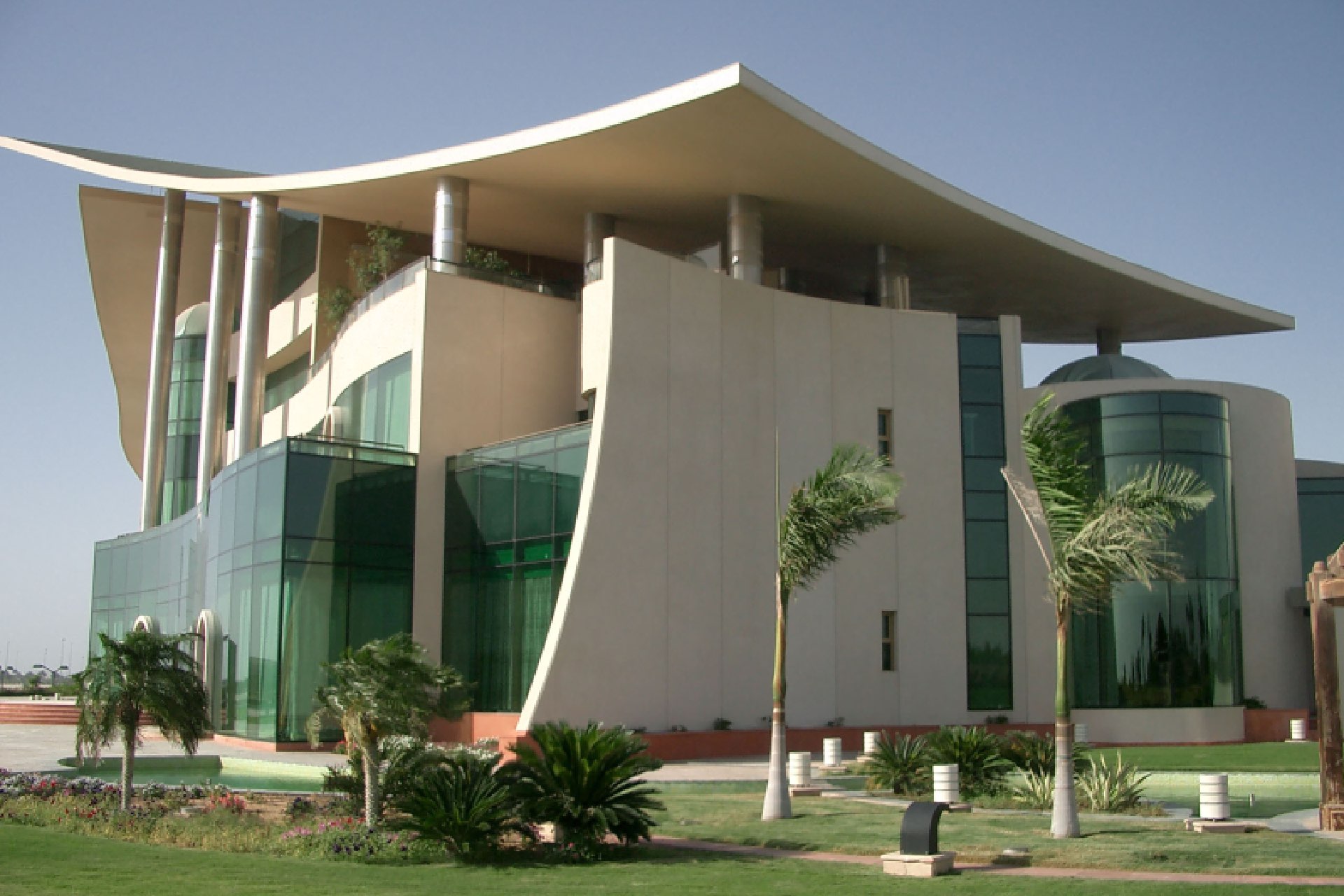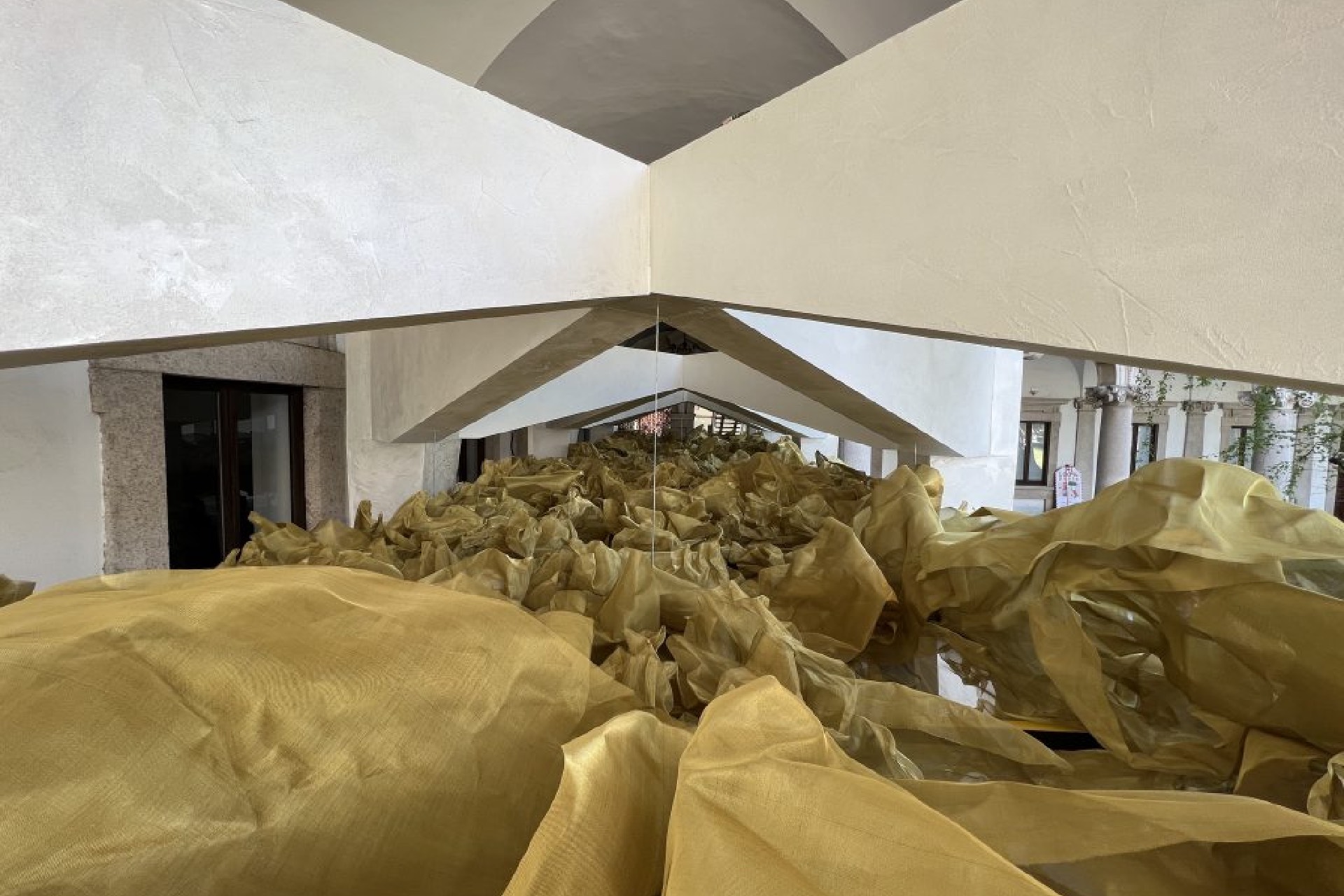

| CANVAS OF PLANS & DRAWINGS |
INTERIOR & DÉCOR, but with a twist |
| HOTELS & RESTAURANTS, beyond mainstream |
Notes on ART |
| Into big AFFAIRS | INSIDERS |
| GLIMPSES | |
Keywords:
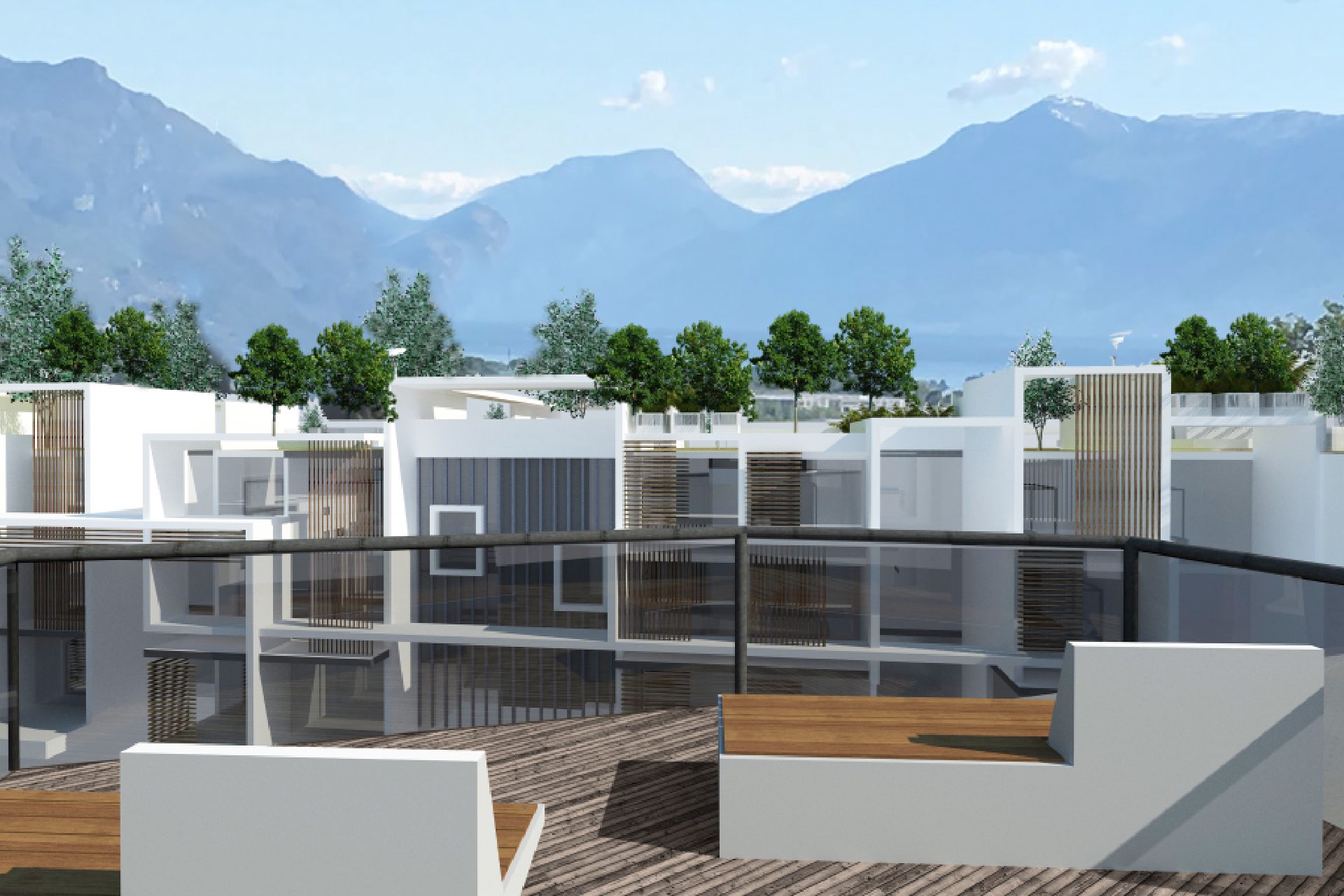
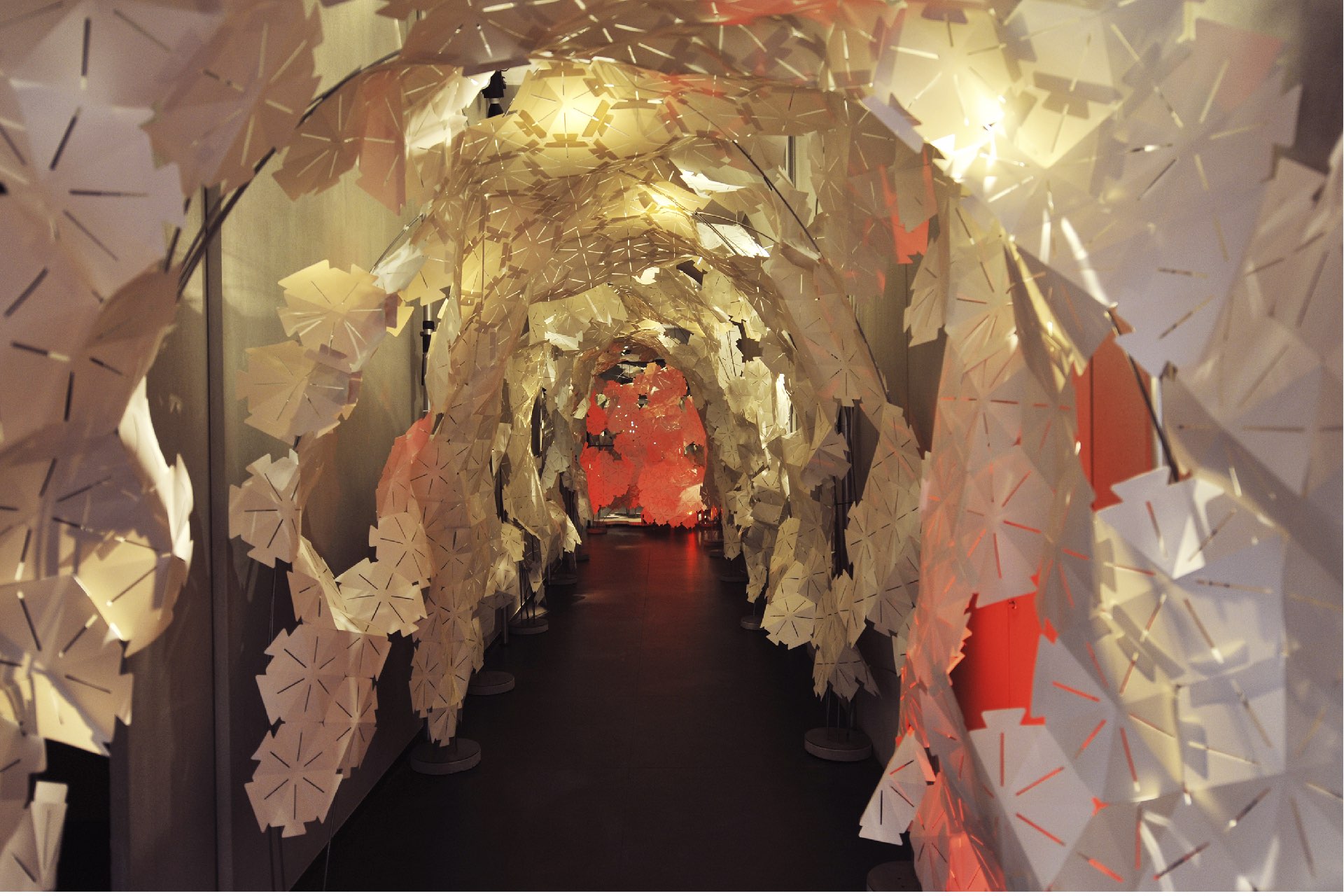
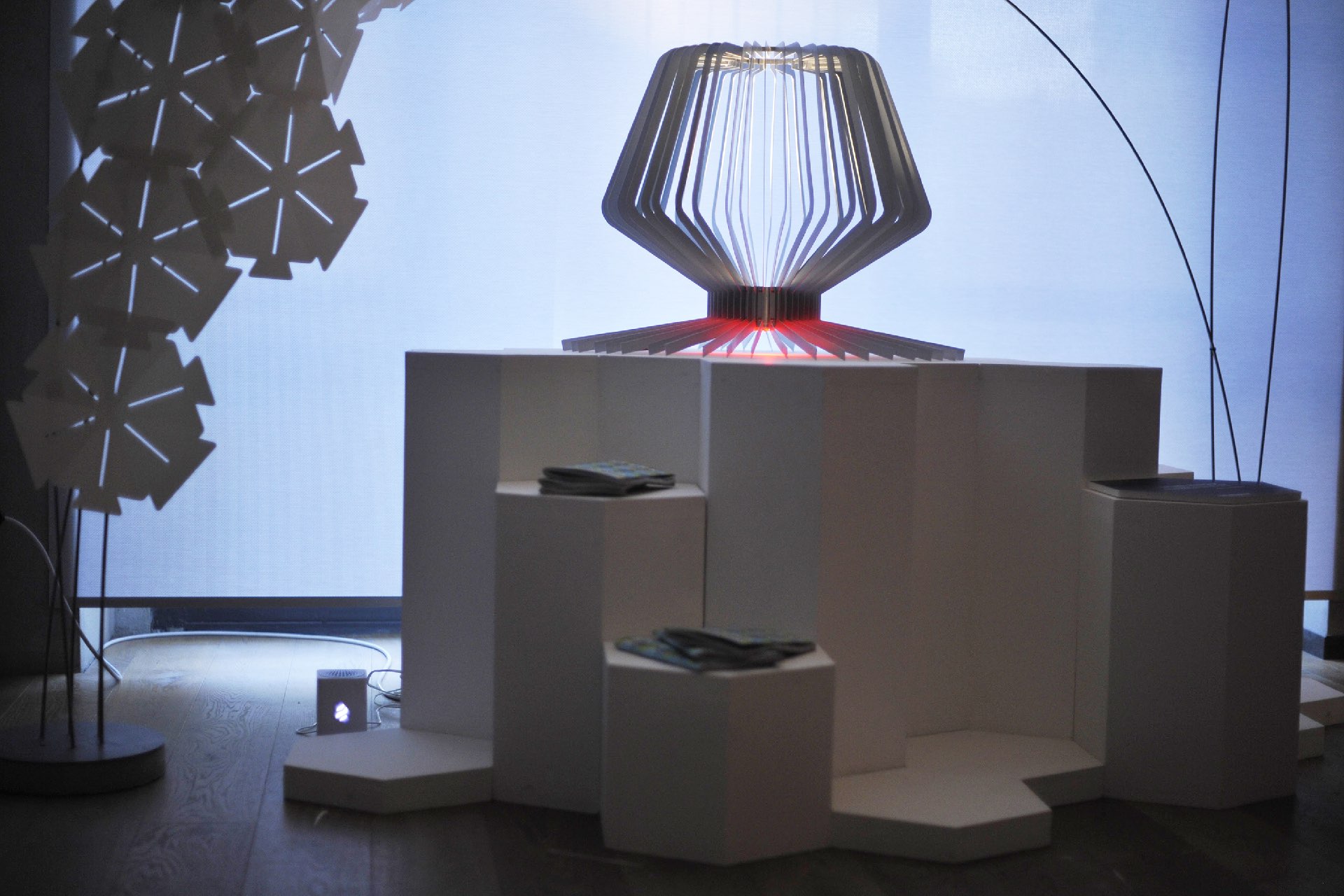
After graduating in architecture, I worked for about six years in several theatre companies, including those of two master directors, namely Giorgio Strehler and Bob Wilson. It is in this context that I understood the importance of imaginative fiction, that is the creation of a temporal space in a physical place. And, above all, I learned how fundamental the relationship between objects, surfaces and people – the actors in theatrical terms – is. I then continued my path in architecture, winning a scholarship at Domus Academy that allowed me to follow a master’s degree in lighting design with Andrea Branzi. And yet, the know-how acquired during the years in theatre scenography has remained part of my cultural background even in the years to follow. I did not want to lose it, and what I actually did was a transfer of language and technology from the theatre world itself, to the world of architecture.
This means that I started to understand how sensory perceptions, from which derives the experientiality of the place, were vital in design. Whether it is a house, an exhibition or a hotel, the criterion remains the same. At this point, my peculiar attention to lighting design was born. When I work on the lighting design of a house, I do not think of adding suspended lamps, floor lamps or appliques – that is, traditional systems – to the existing architecture, because the light project must come together with the architecture project. In fact, designing the light does not mean placing some luminaires, but rather integrating light into the architectural space. The final purpose should be that of letting the space be perceived through light.
The latter is certainly the most important notion that I brought from my experience in theatres. The other concept, also fundamental, regards the amazement of the visitor through the unexpected. This is why I speak of a “design of the unexpected”, which tends not to solve problems, but rather to pose problems. Behind it, there is a story, a new thought, a question to ask the visitor. What I understood from the theatre is therefore linked to the sensory perception of light, taste, sight and touch. All the elements that, in short, attach to perceptions and that, if calibrated in a certain way, have the quality to amaze.
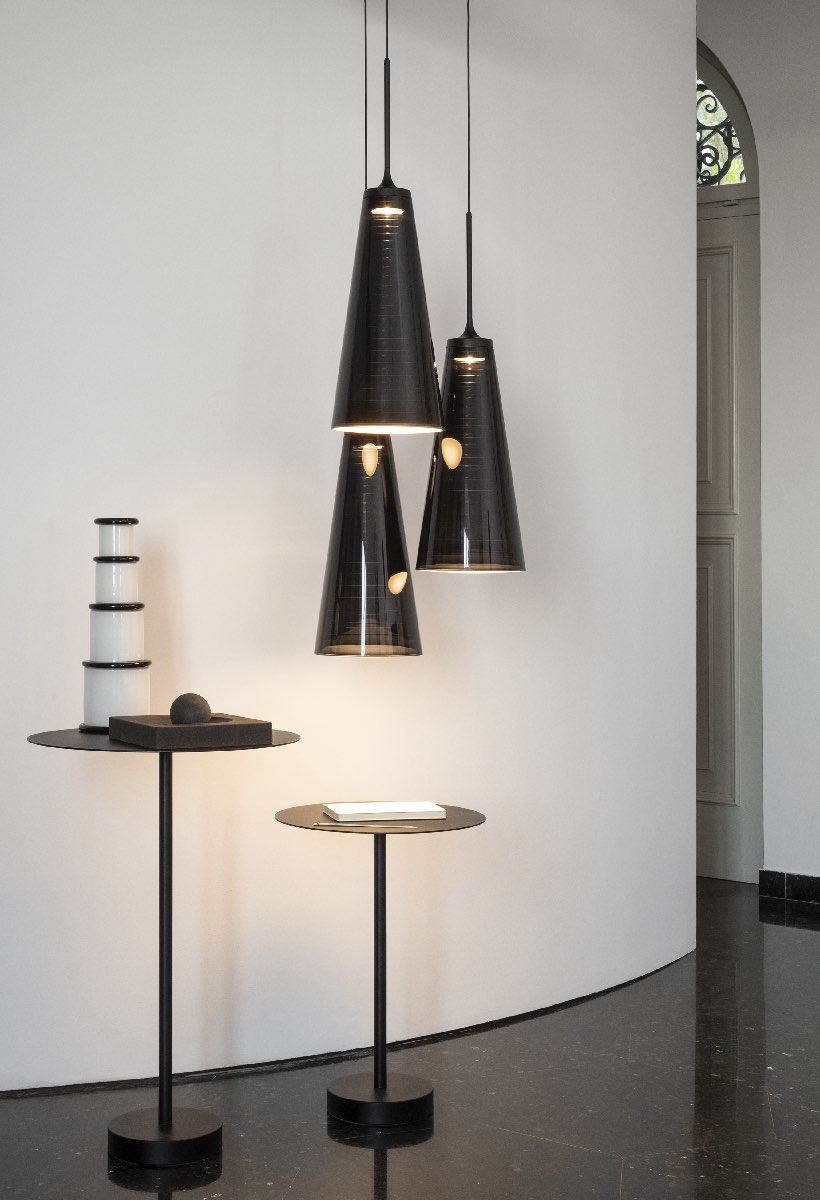
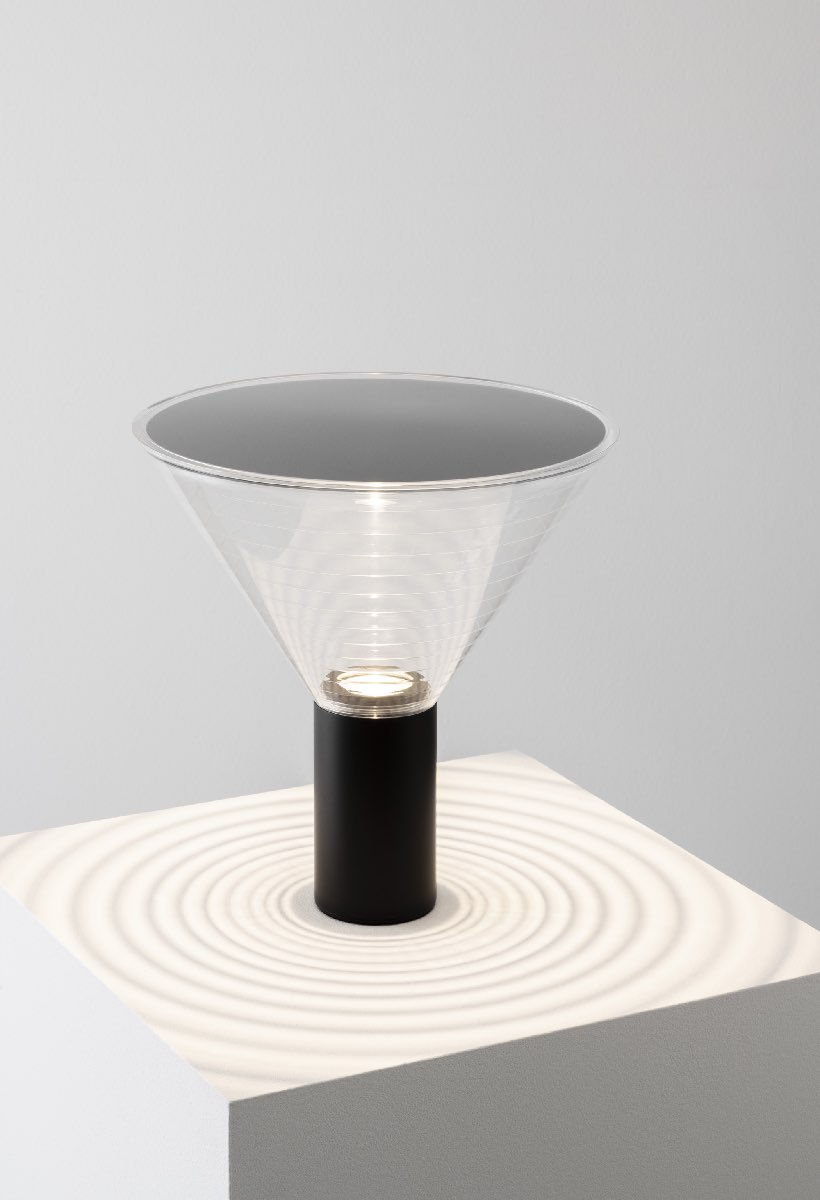
As the term suggests, experiential marketing revolves around creating an experience. There can be two types of approaches: one, much silent, which does not immediately generate particular interest in the place beyond being charming or inharmonious, and another, stronger, which consists in building the experience through a series of architectural solutions. These are primarily given by materials that reflect or refract light, scent, or any sensations that interact with a person’s psychology, with the aim of creating a narrative experience.
For example, when attending an exhibition, one can either view it as a detached visitor, merely observing, or plunge in it by actively interacting with the works. This concept extends to the hospitality industry as well, where we are experimenting with the possibility of a magnetic key that, after a brief interview with the guest, records a sort of imprinting. Then, through a home automation system, the hotel room changes its features – lights, colours, scents, and other perception-related aspects – to make the guest feel as comfortable as possible. The intensity of this approach may vary depending on the situation.
Then consider experiential marketing in certain clothing store chains, which relies on strong perfumes within the stores to drive consumers to make purchases. Subconsciously, fragrances impact the mind and have a subliminal effect on perceptual aspects of the brain. In this case, it is a fundamentally negative experience, devoid of interaction but rather, subjected to the experience. What we aim to create is an experience where the individual plays an active role, where he is not a mere spectator. I can mention the exhibition created for La Perla during the 2015 Design Week, where we implemented a system of wooden bundles equipped with tactile sensors that, through interaction, could alter the luminous and chromatic perception. People entering could thus modify the space around them, initiating a mutual understanding through experience.
